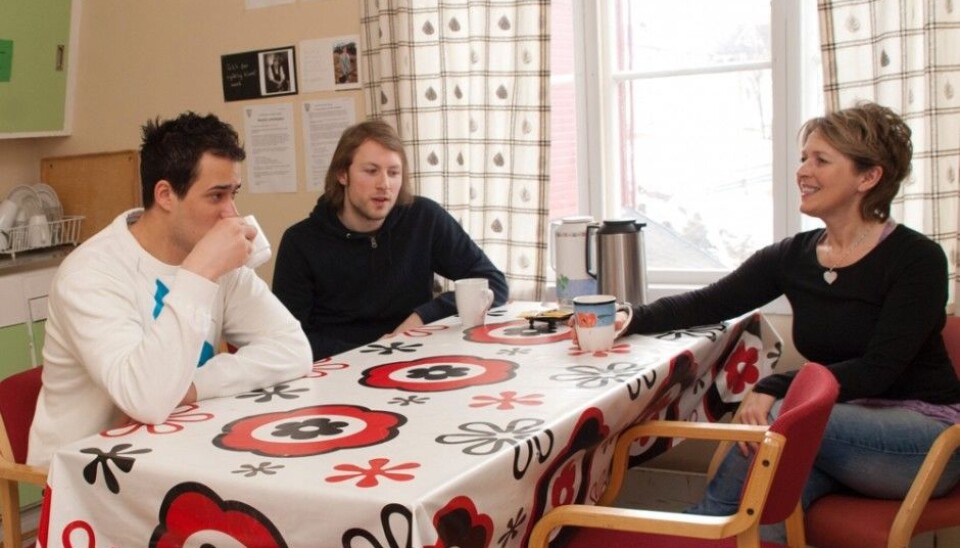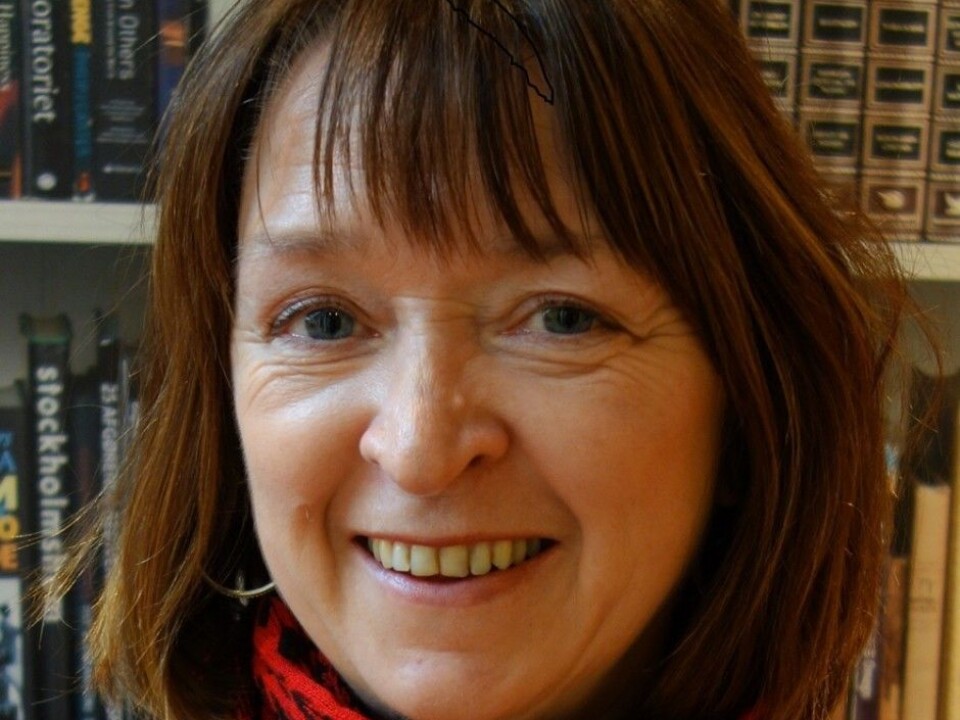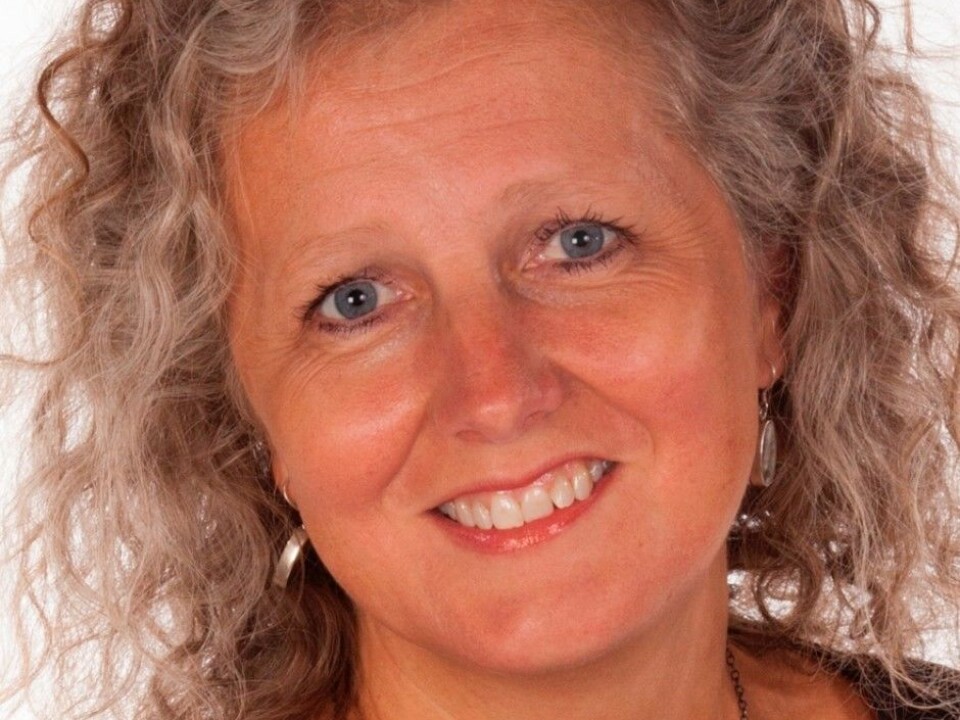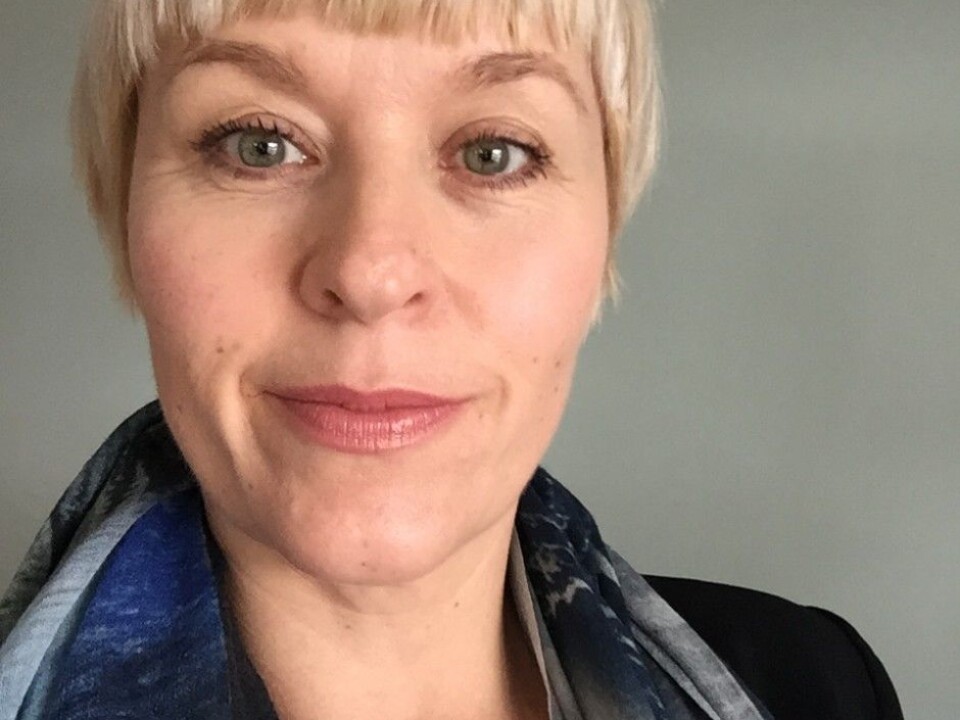
Social programs fail to aid at-risk youth
Different support services in Norway operate side by side, but lack of communication prevents youth from getting the help they need.
Social services exist, but many young people don’t find their way to the help they need.
According to Statistics Norway, seven percent of 15-29 year-olds are not employed or enrolled in education or training programmes, and the number rises to about eight percent among 20-24 year-olds.
Where are these young people? And what does it take to reach them?
This question was the starting point for a three-year research project at Nord University.
Many youth affected

What leads youth on the cusp of adulthood to retreat from society and end up sitting in their rooms or apartments, alone?
The reasons can be many — social anxiety, unhappiness at school, bullying, loneliness, addiction — and the list goes on.
Some teens are shunned when they go out. That is, if anyone even notices them.
The researchers studied the interventions with young people who were struggling to be part of the community in 15 municipalities in Northern Norway.
Young people often the best authority on their own lives

The researchers wanted to hear the youths’ own experiences. “So we contacted various projects that at-risk youth were involved in,” says research leader Reidun Follesø.
In one project they met Kevin Nystad from Sortland municipality. At age 15 he was on the run from violence and threats. He drifted. He hated the “system” and was terrified of the Child Welfare Service.
But when social worker Marianne Andreassen called him, he picked up the phone. He was in bed with tonsillitis, without family or money, and without knowing anyone in Sortland.
She asked him if he needed anything.

Kevin told Marianne that he needed food. She brought him a hamburger. The hamburger was burnt, but Kevin described this as a magical moment.
“That someone takes the time to do something they don’t really have to do. Moments like that mean so much,” he told the researchers.
Kevin was able to re-enter society. As an adult, he was taken on as an apprentice in the Sortland municipality administration.
Everyone says the same thing
Researchers met a lot of different young people in this project. But, says Follesø, all of them said pretty much the same thing as Kevin: “What matters is that you meet a person who cares. Someone who perseveres and doesn’t give up on you easily.”

“This person can be you and me. We can all take responsibility for children and youth. The responsibility is too great to be left to those who leave the office at four,” Follesø says.
Not to be noticed by anyone: youth describe this as one of the worst things that can happen.
Spreading the knowledge gained
After the research was completed, Norway’s Labour and Welfare Service (NAV), the Directorate for Children, Youth and Family Affairs, and the Directorate of Health, who had jointly contracted the project, asked the researchers to continue.
Their task was to share the knowledge they had acquired in Nordland with the rest of the country. The researchers met with all county governors in Norway.
They posed the questions: Which municipalities struggle with youth dropping out of school and work life? Which ones succeed in meeting the needs of young people? What are the municipalities doing with that information? And what can we learn?
Services don’t talk to each other
The researchers invited all local support services who worked with children and adolescents to various meetings. These sessions shed light on how and where youth were falling through cracks in the system.
“We were very surprised that several services are working next door to each other but had never met with each other before,” said researcher Catrine Torbjørnsen Halås.
This results in different service providers developing parallel measures for the same individual without knowing about each other.
According to Halås, it is management’s responsibility to handle inter-service collaboration, but often it doesn’t happen when employees become overloaded. The problem is how the systems are structured, she says.
“Everyone has their own reporting systems. Even though the guidelines state that the various departments are to collaborate, that often falls by the wayside,” she adds.
Another issue is that most people treat the youth only as an individual, and not in a larger context. “But the problem,” says Halås, “is that often these young people are lonely. They have a great need to be included in community.”
"It doesn’t help much if I change, if my neighbour and my teacher are still giving me the same judgmental looks as before," said one youth.
The most important thing you can do is to talk with young people and involve them in what actually concerns them, says Halås.
This is precisely what the researchers have helped counties and municipalities do.
Successful strategies and models
But how do you get at-risk youth to attend school more regularly?
The researchers, through films and reports, showed examples of successful initiatives. The Dialogue Café is one example, where young people, mayors, town managers and social services employees meet.
The young people had a lot to say, it turned out.
When politicians and youth actually met face to face, it provided great motivation for the politicians to work on the issues, says project leader in Telemark county, Elisabeth Holte.
Telemark county, with high school delinquency and unemployment rates in numerous municipalities, had especially strong motivation to tackle those problems.
Researchers helped the local government to survey how it is to grow up in Telemark municipalities.
They mapped out how interdisciplinary collaboration is — or is not — working today. “It’s become clear to us that our collaboration is poorly coordinated and too casual. The various services, such as child welfare and social services, don’t know what the other is doing. So the risk of failure in the system is high,” Holte says.
In 2016, Telemark county will create training programmes for the different services, with the goal of improved cooperation, for the children and young people they all care about.
“We are working to ensure that our service providers in Telemark speak the same language and have a common understanding of the issues. It’s also important to involve the young people themselves and their parents much earlier in the process,” says Holte.
-----------------------------------
Read this article in Norwegian at forskning.no



































